‘You feel death at your doorstep but have no choice’: Extreme heat takes toll on outdoor workers
The skin gets flush with fever, the breaths grow short, the heart races, dizziness sets in.
The helmet and goggles only make matters worse, trapping heat on the head and the eyes.
There’s little to no escape from sweltering temperatures for construction workers like Eva Marroquin, who cleans work sites in Austin, Texas, and has worked in the industry for 17 years.
“It damages our body when we work in construction; for example, I have suffered two heat attacks, one lately that made me very sick,” Marroquin, 50, told CNN via an interpreter in a video interview.
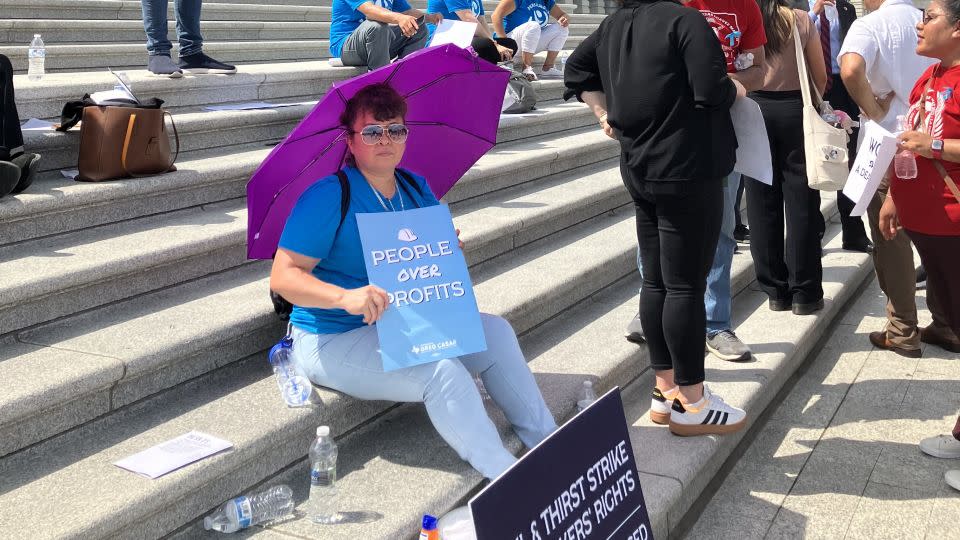
The blazing temperatures and searing sunlight have damaged her eyes, causing cataracts. Even worse, she says, she’s lost fellow workers who have died from heat-related injuries. Since 2010, she’s worked closely with the Workers Defense Project, an organization that advocates for protections for low-wage, immigrant workers in the Texas construction industry.
“You feel death at your doorstep, but we have no choice but to go to work,” she added.
Another punishing wave of intense heat has put much of the US in a vice grip this week, subjecting some workers to dangerous (if not deadly) conditions; disrupting small and large businesses; sapping away consumer spending and tourism; and taking a big bite out of economic activity.
It’s estimated that heatwaves result in a 1% loss of global economic activity, a GDP hit that’s forecast to grow to 3.2% by 2050, according to newly revised projections from Chris Lafakis, director at Moody’s Analytics.
“There’s a chronic physical risk,” he said. “These are things that occur over a longer period of time, they accumulate and become more costly and disruptive as time progresses and the temperature steadily increases.”
An economic letter published last month by researchers at the Federal Reserve Bank of San Francisco and Williams College in Massachusetts estimated that by 2200, extreme heat will reduce the US capital stock, or the value of accumulated investment, by 5.4% and annual consumption by 1.8%, primarily attributable to labor productivity losses in construction (and, subsequently, fewer buildings being built).
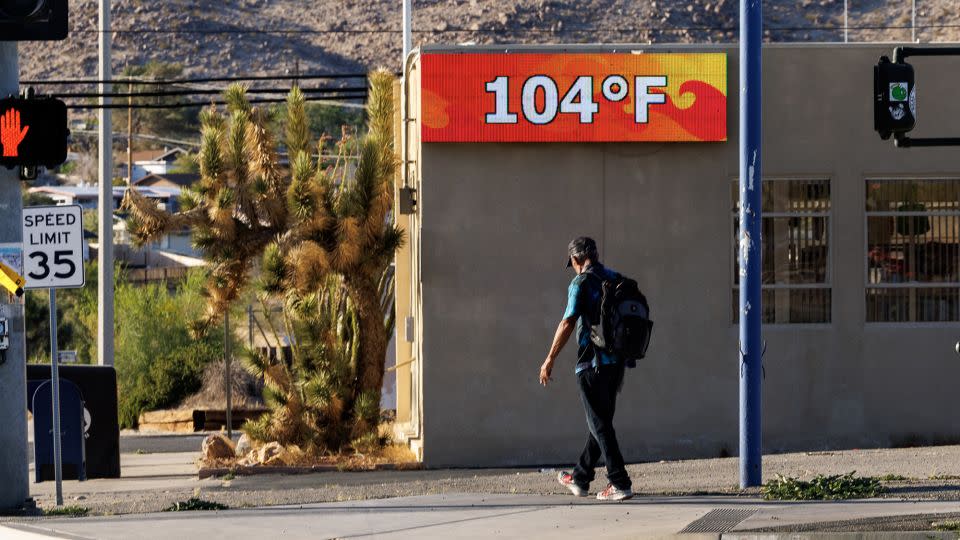
“Extreme heat doesn’t just affect economic output today, it can have really long-lasting economic consequences,” said Gregory P. Casey, assistant professor of economics at Williams College and a co-author of the study.
And that doesn’t even account for extreme heat’s interaction with other types of climate change events, he said.
“For example, you get a natural disaster that destroys a bunch of buildings, and you’re needing to rebuild but this extreme heat is making it harder to supply new buildings,” he said. “There are these interesting interactions that we think will probably even increase the quantitative importance about this.”
‘Invisible’ disaster with unequal risks
The summers are indeed getting longer and hotter. The heatwave season has steadily grown in recent decades, climbing from an average of 53.5 days in the 2000s to 68.5 days in the 2010s and 72.7 days in the 2020s, according to Environmental Protection Agency data.
And, according to the EPA, heatwaves are occurring more often than they used to and delivering higher temperatures in the process, exacerbating the human and economic risks.
“Heat doesn’t get as much attention publicly, because it’s invisible in a lot of ways,” said Jenny Schuetz, an economist and senior fellow at Brookings Metro. “But more people in the US are exposed to high heat risk than to either floods or wildfires.”
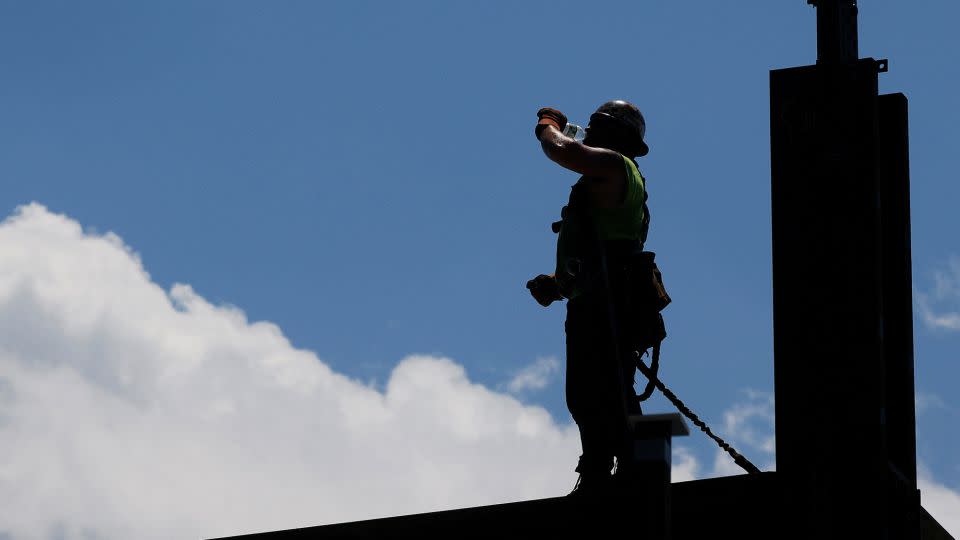
Those risks aren’t shared equally: A 2021 study from researchers at University of California and Stanford University found that low-income workers experience five times as many heat-related injuries than those who are the highest earners.
“We forget that [air conditioning is] not an option for a lot of people,” she said. “Low-income households are more likely to live in older buildings that weren’t built with central air. Even if they have air conditioning, it’s expensive to run, and people can’t afford the extra utility bills, so they ration how much air conditioning they’re allowed to use.”
A lot of lower-income households are also more likely to have jobs that are exposed to heat, such as landscape gardeners, construction workers, delivery drivers and warehouse workers.
“Those are not white-collar jobs, and so many policymakers tend to forget that a lot of Americans just don’t have air conditioning in their workplaces, in their homes, in their schools,” she said. “And they really can’t escape it when we have these high-heat waves.”
The $15 to $17 an hour Eva Marroquin earns isn’t enough to fully support her family, so the mother of five supplements her income by cleaning houses, many of which are not air conditioned.
Slowing down small businesses
It’s barely just now summer, and heatwaves are already slowing down small businesses, according to Homebase, which provides payroll software to more than 100,000 small businesses, covering 2 million hourly workers.
The high heat has weighed on hiring, employee hours and businesses’ ability to stay open, as well as the amount of money they’re bringing in, said John Waldmann, Homebase founder and chief executive officer.
“Usually, there’s a pretty nice growth that comes in employment and hours worked at the start of the summer,” he said. “As businesses ramp up, particularly in the hospitality world, that looked far more muted this year than in previous years across the board. And in regions where heat was extreme, we actually saw those number dip.”
He added: “So there were fewer people working and fewer hours worked than we would expect to have seen.”
Especially after last year’s record-breaking summer, businesses aren’t remaining stagnant, he said. They’re trying to adapt by taking a variety of approaches, including installing shades to counteract the heat and save on the A/C bills and changing their operating hours, he added.
“I think anything that impacts small businesses is affecting the economy as a whole,” he said, noting how small businesses account for half the jobs in the country. “When we see changes in behavior in small businesses, like what we’re talking about here, usually that’s an early indication of how things are changing in the economy as a whole.”
In May, there was a 1.4% decline in the number of businesses open versus April in the Southeast, an area that faced high temperatures, according to Homebase data.
Ice packs for vaccines, water jugs for farmhands
This week Boston not only set a record-high temperature, but also had its heat index rocket to 108, breaking a 101-year-old record.
Katie Parent works as a mobile veterinarian, driving around Greater Boston and making house calls. For herself, the high heat is more of an inconvenience; the car’s hotter and she just needs to pack some extra water.
For her supplies and her patients, it’s more complex. The owner of the Doorbell Pet Doctor needs to ensure the vaccines and other temperature-sensitive materials she transports stay cool. She doesn’t have an in-house lab, so she needs to pack her shipments carefully and plentifully with ice packs and hopes that UPS ships them in the appropriate time.
Hot summers can be hard on pets, especially older dogs.
The heat dome that blanketed Boston and many northeastern states also stretched well into America’s heartland.
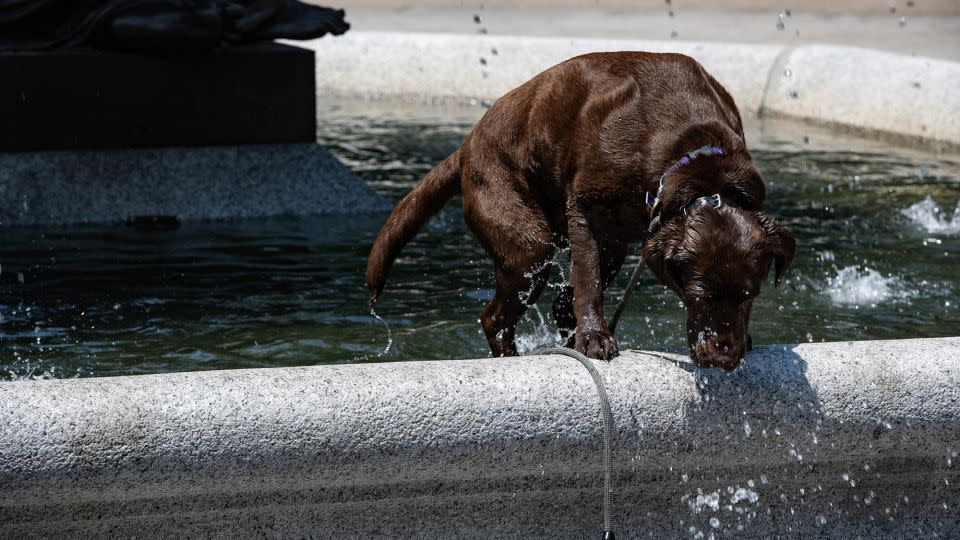
The Greer family farm in Princeton, Indiana, got a late start to putting the soybeans in the ground because of a recent bout of heavy rain. Now, the sixth-generation farm is having to contend with the excessive heat.
“It’s very hot today, it’s almost like we’re in a heatwave,” said Denise Greer Jamerson, who runs the farm with her 87-year-old father, Norman, and her 31-year-old son.
The summers have been getting hotter, she said, adding that the winters are milder and shorter. To help prepare her family and the handful of workers on the family’s 100-acre farm, Greer Jamerson bought everyone big, handheld water jugs to ensure they’re staying hydrated on these hot days.
The family has also implemented automatic timers to ensure the crops are being watered appropriately.
Despite temperatures rising to the mid-90s, it hasn’t deterred her father from getting out into the fields.
He just wakes up earlier.
“In this industry, you’ve got to get it done when you have that window of opportunity, because that’s the one thing that we cannot control is the climate,” she said.
‘We will close our doors in a heartbeat’
Caribou, Maine, the most northeastern city in the United States, saw its heat index — a measure that describes how heat feels to the human body — soar on Wednesday to a never-before-seen value of 103 as the temperature hit a record-tying 96 degrees, according to the National Weather Service.
That was a good 22 degrees hotter than the high typically seen this time of year.
“It’s really, really hot outside … it’s sweltering,” said Tamara Lovewell, co-owner of the Ruska Coffee Company in downtown Caribou.
Inside, the coffee shop and café was still doing brisk business during breakfast and lunch. The family-run outfit decided to turn off the oven, the panini presses, the steam table and warming lamps and instead crafted a new limited-time menu of cold items such as sandwiches, wraps and salads.
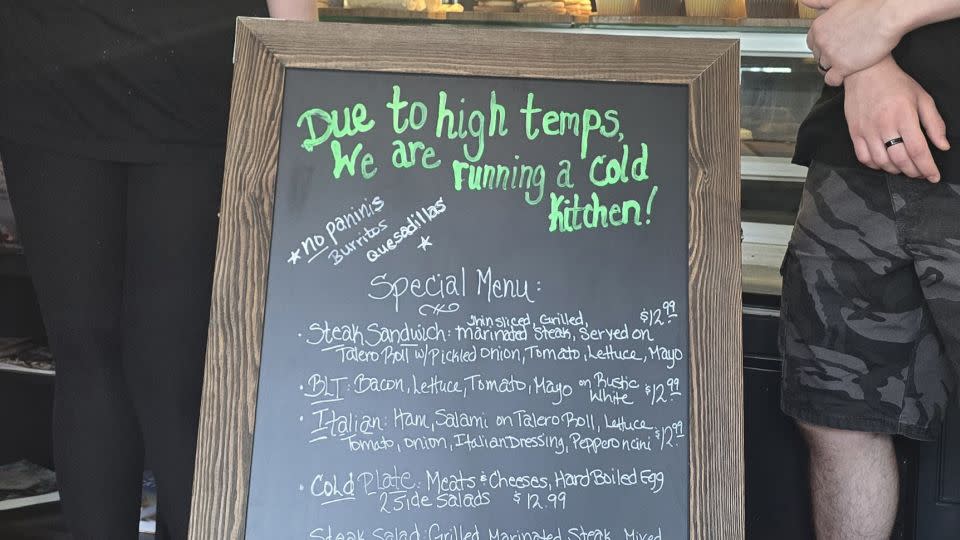
“We don’t have A/C in the kitchen,” she said. “For now, we just changed out our menu, so we don’t have all of the hot equipment on to alleviate the extra stress on the staff.”
The heat pumps have been running strong for the front of the house but are not able to fully keep the hot air at bay. It was running a little warm inside on Wednesday, she said, but it was manageable for staff and guests.
Still, Lovewell said she’s keeping close watch on the temperature as well as everybody else to make sure folks are safe.
“If it gets too hot in here, we will close our doors in a heartbeat,” she said. “We will never subject anyone here to unnecessary risks.”
CNN’s Mary Gilbert contributed to this article.
For more CNN news and newsletters create an account at CNN.com

 Yahoo Finance
Yahoo Finance 